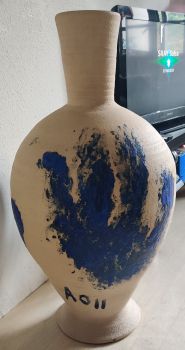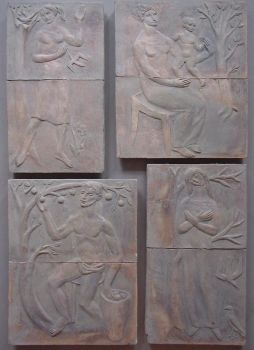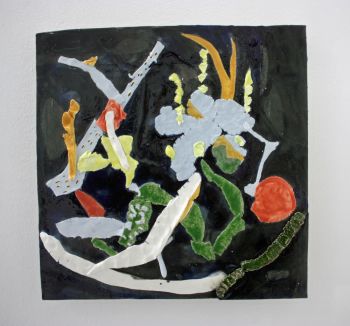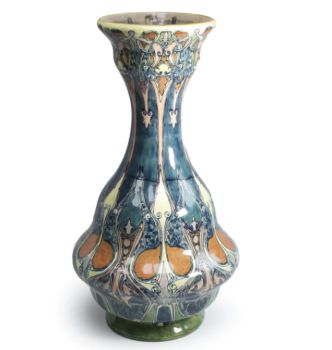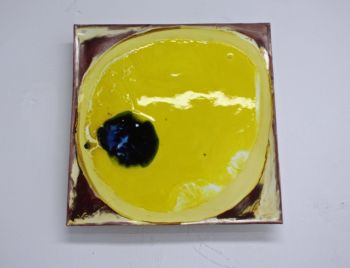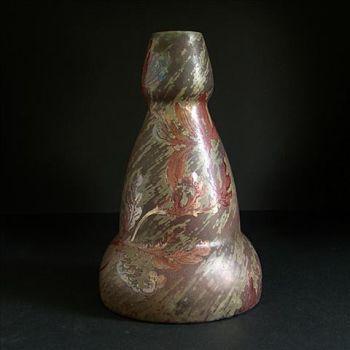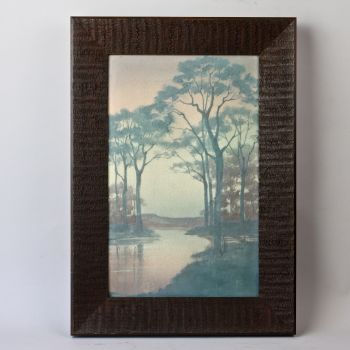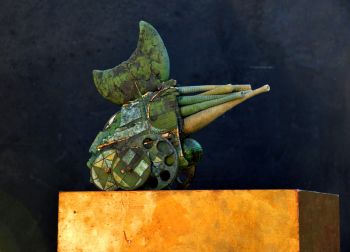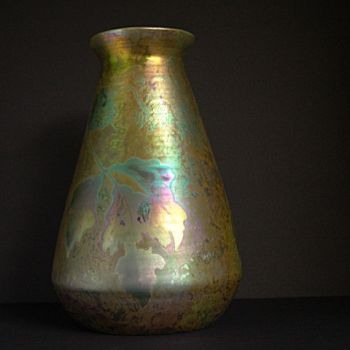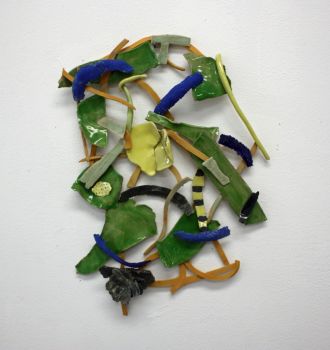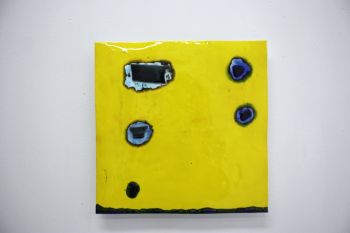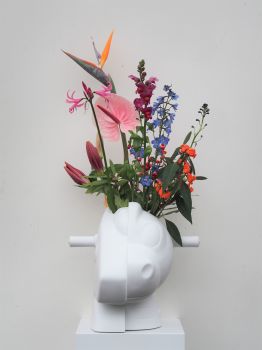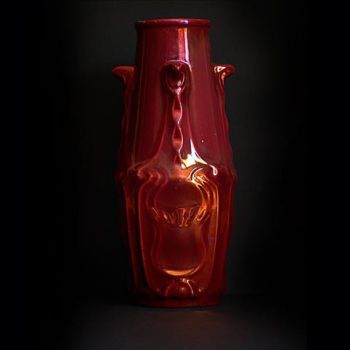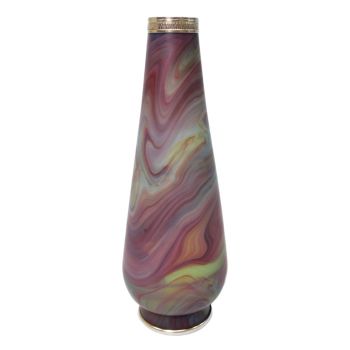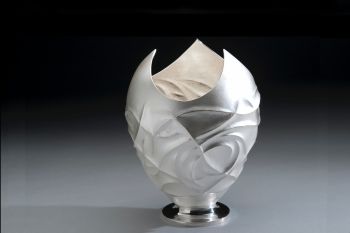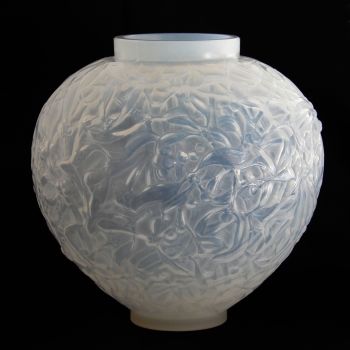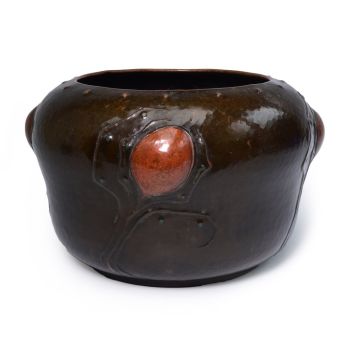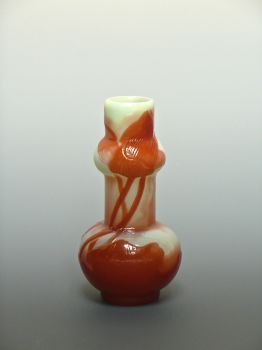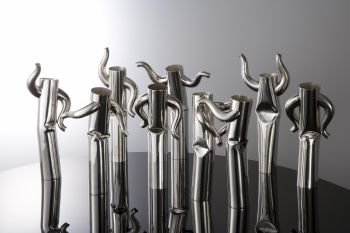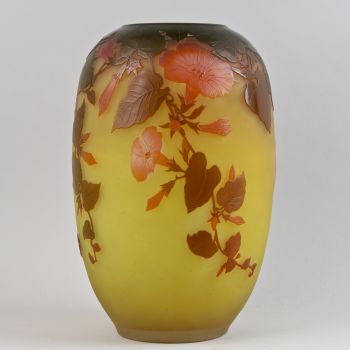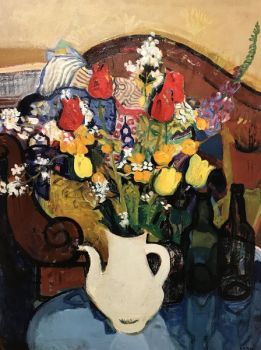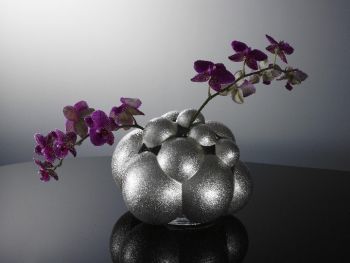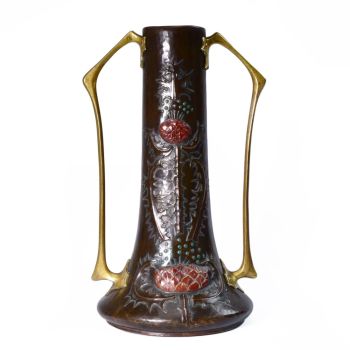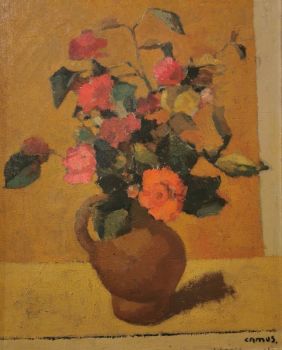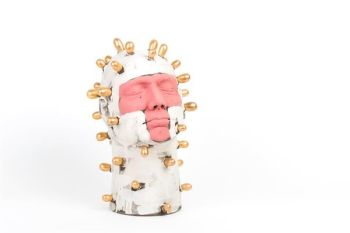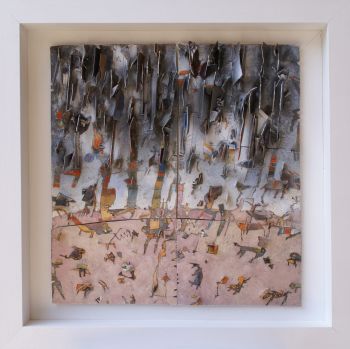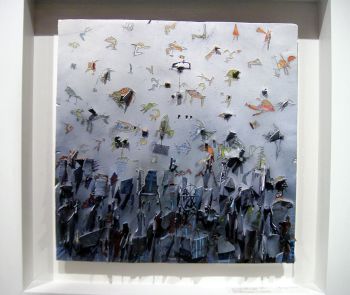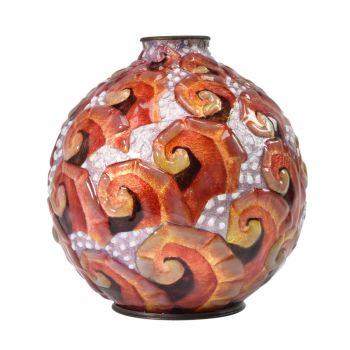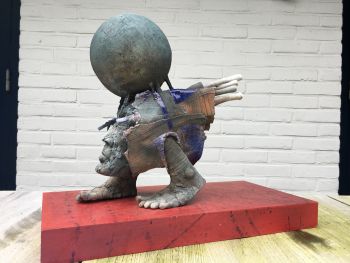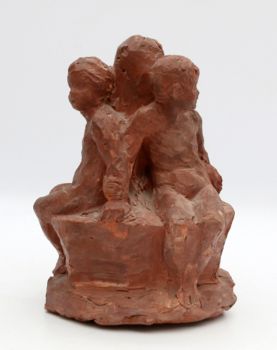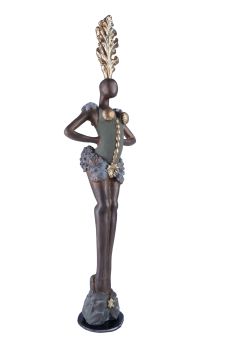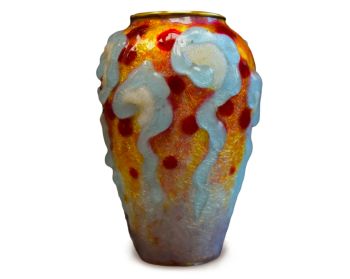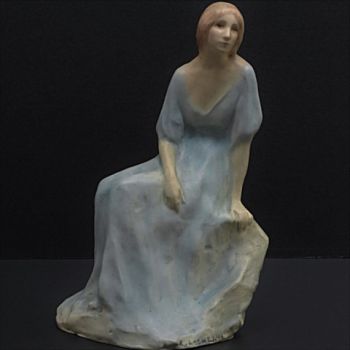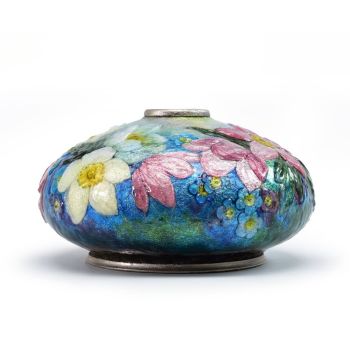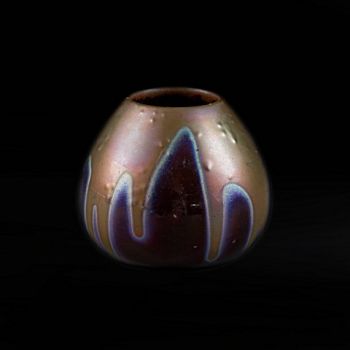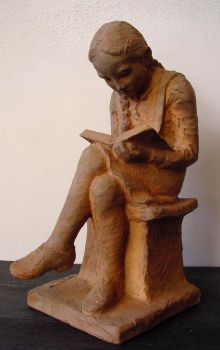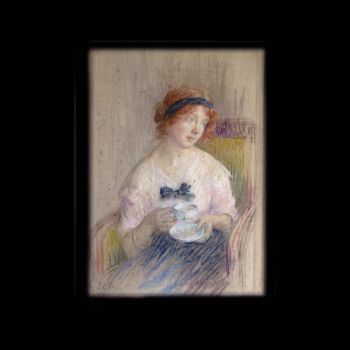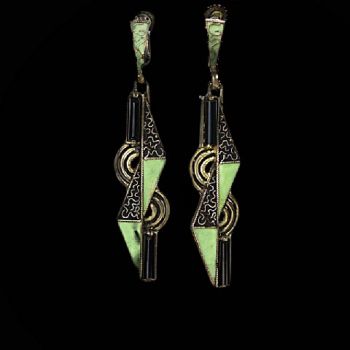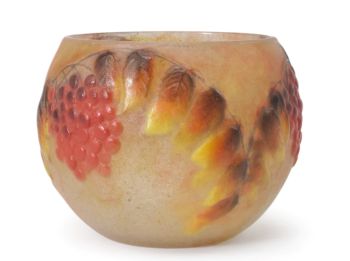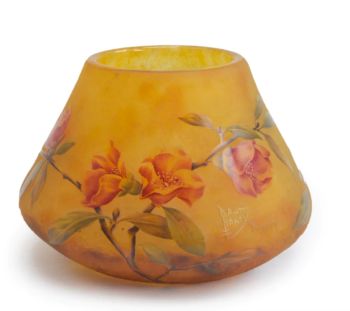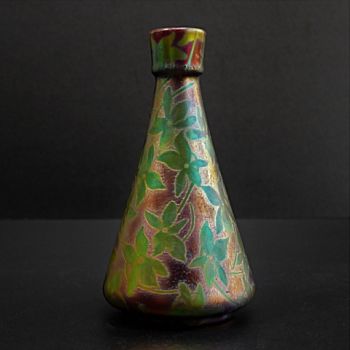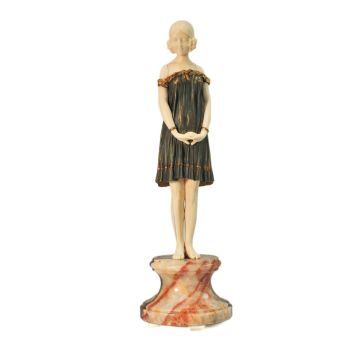Hogweed 1905
Bert Nienhuis
Ceramic
40 cm
ConditionExcellent
€ 5.000
Het Ware Huis
- About the artwork'Hogweed'
1905, Netherlands
Normale prijs
€5.000,00 EUR
Even imposant als de plant Bereklauw is deze door Nienhuis ontworpen vaas met een decor van gestileerde bereklauw. 40 cm hoog! in een prachtige zeldzame kleurstelling, en puntgaaf. Een monumentale vaas uit de nieuwe kunst periode die de moderne tijd in het begin van de twintigste eeuw inluidde. Uitgevoerd bij de Distel. voorzien van fabrieksmerk en schildersmonogram. - About the artist
Nienhuis was born in the city of Groningen as the son of commissioner Lambertus Nienhuis (1834-1890) and Alberdina Goedhuis (1835-1875). He was educated at the Minerva Academy in his birthplace and then at the Rijksschool voor Kunstnijverheid in Amsterdam. In 1895 he worked for Plateelfabriek De Distel te Amsterdam. A year later he founded Lotus Tile Bakery in Watergraafsmeer. His company was taken over by De Distel in 1901. Nienhuis was then put in charge of the decorative department. His invention of a matte glaze was soon adopted by other factories.
From 1905 Nienhuis taught at the Applied Arts School in Haarlem. In that year he started designing jewelery for the jeweler's firm Hoeker & Zoon. He won a silver medal at the 1910 World Exhibition in Brussels with one of his designs. In the jewelery that Nienhuis produced until 1912, he worked with simple abstracted natural ornaments in both decoration and form. He has mainly worked with gold, precious stones and enamel. His jewelery is considered part of Dutch Art Nouveau.
In 1912 Nienhuis exchanged Haarlem for Hagen in Germany, where he became a teacher at a newly established Kunstgewerbeschule. He was given his own studio and plenty of room to experiment with new materials and techniques. He made ceramic sculptures, among other things. In 1916 he returned to the Netherlands, partly because of the First World War, and a year later became a teacher at Quellinus, to which he would remain connected until his retirement in 1934. As a self-employed potter, he made unique pieces at this time, with characteristic simple shapes.
Are you interested in buying this artwork?
Related artworks
- 1 - 4 / 24
Herman Bogman jr.
Flower still life of a nasturtium in a blue vase1950 - 1965
Price on requestAdelwein Kunst
Johann Loetz (Lötz) Witwe Klostermühle
Johann Loetz Witwe - Phänomen Genre 7773 – Orange1900 - 1910
Price on requestAntiques Emporium
1 - 4 / 24Klaas II Mobach
Hanna Mobach, daughter of the sculptor Klaas Mobach, reading1950 - 1970
Price on requestKunsthandel Pygmalion
1 - 4 / 24- 1 - 4 / 12







